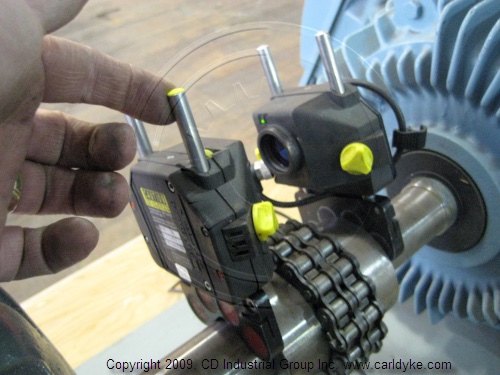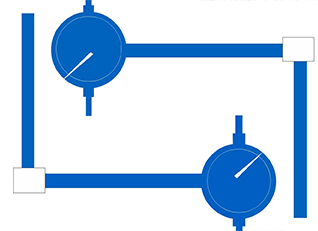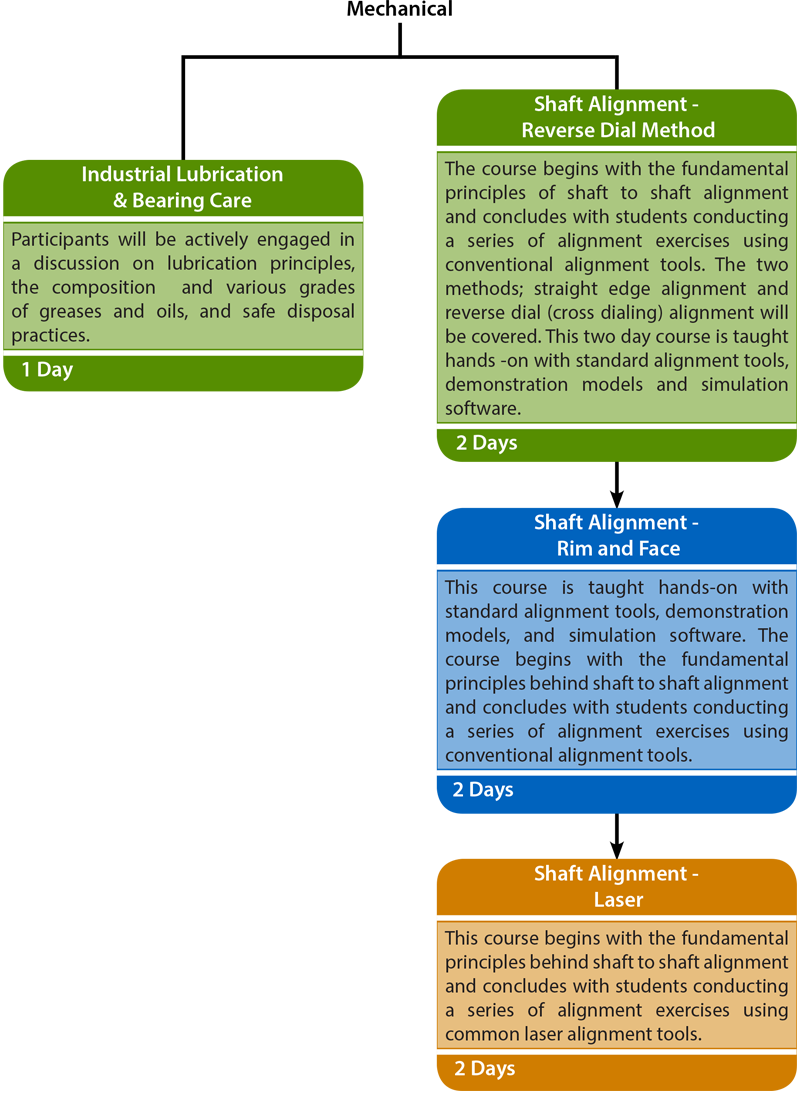Why Align?
Objective: List consequences from failure to align
Activity: Identify machine components that have failed due to misalignment
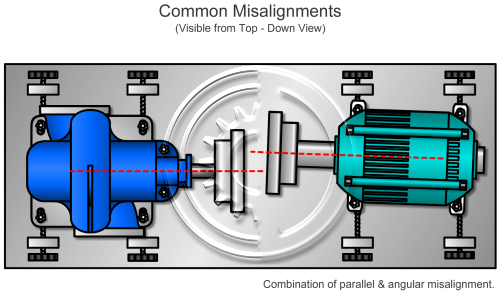
Make a notable contribution to coupling, bearing and seal life! Minimize vibration and energy consumption!
Alignment Theory
Objective: Describe the common types of shaft misalignment
Activity: Identify parallel offset and angularity
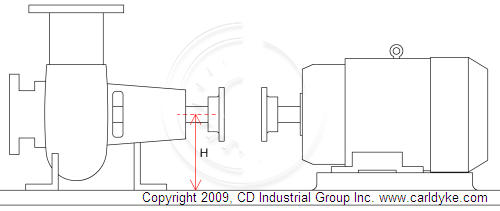
Use simple alignment math and graphs! Take thermal offset into account!
Preparing For Alignment
Objective: List steps to prepare for a shaft re-alignment
Activity: Use feeler gauges and dial indicators to test for irregular machine status
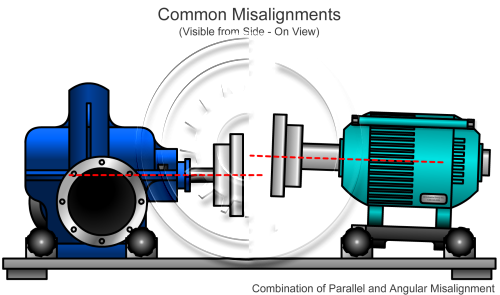
Review recent maintenance records for valuable clues and begin safe lockout procedures
Measuring Soft Foot
Objective: Detect and correct soft foot conditions
Activity: Use magnetic base with dial indicator
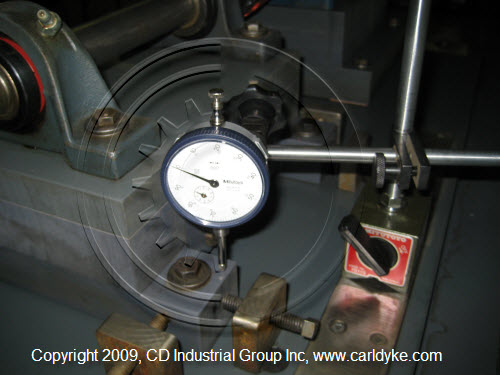
Learn when and when not to correct foot
Detecting Runout
Objective: Detect shaft and coupling runout conditions
Activity: Use magnetic base with dial indicator
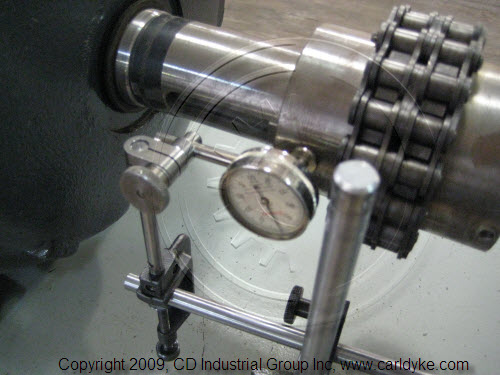
Can you proceed with alignment when there is shaft/coupling runout
Straight Edge Techniques
Objective: Use basic tools to achieve rough alignment
Activity: Complete a hands-on rough alignment using straight edge techniques
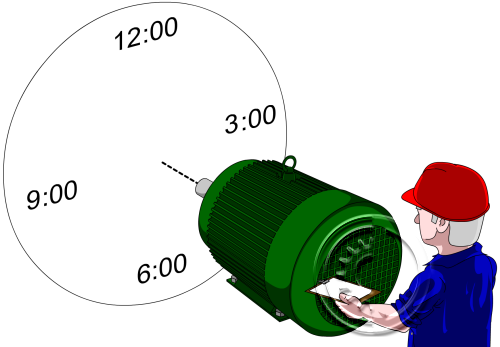
Put feeler gauges, vernier callipers and straight edges to good use to achieve initial roughed-in shimming and horizontal alignment
Reverse Dial Techniques
Objective: Demonstrate correct reverse dial alignment routines
Activity: Complete two computer simulated and two hands-on alignment jobs using reverse dial techniques
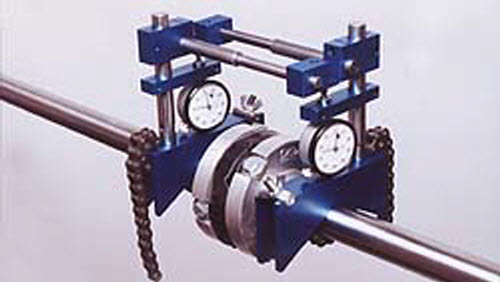
Setup brackets and indicators, correct for bar sag, take accurate measurements and make vertical and horizontal moves
Horizontal and Vertical Moves
Objective: Shim and make horizontal moves
Activity: Use shims and dials for both horizontal and vertical moves
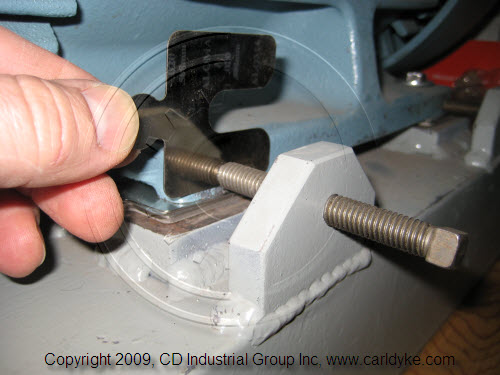
Do you shim for vertical moves first, or make horizontal moves first?
Intro to Alternative Techniques
Objective: List advantages of rim and face dialling and laser alignment
